The Taxateca's Garden is a small private botanical garden which contains an interesting plant collection of hundreds of species. It was founded on May 17th of 2013 and has an extension of 2.000 square meters.
The Plants
Below are sorted alphabetically some species that are mantained alive in the garden. All images have been photographed at the garden.
A B C D E F G H I J K L M N O P Q R S T U V W X Y Z
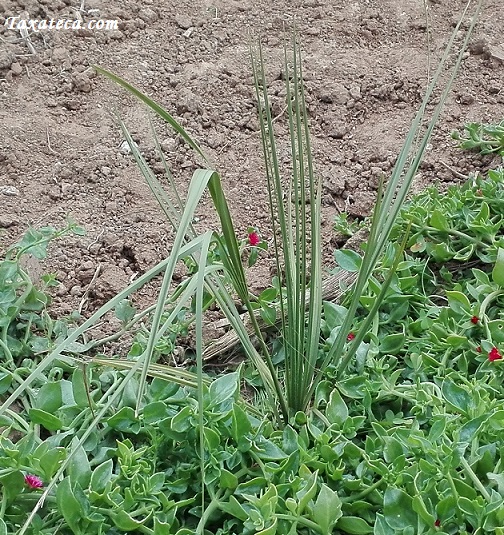
Sabal domingensis
Category: Palm. Temperature: Light frost resistant (until -7ºc). Water: Regularly. Details: Nice smooth trunk. Interchange availability: No.
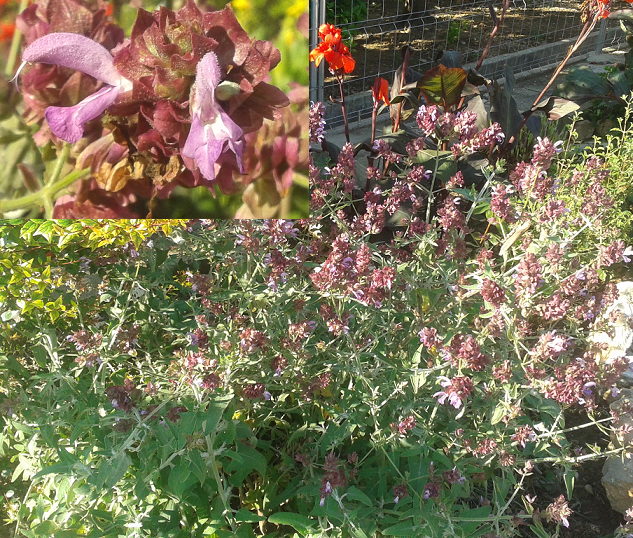
Salvia canariensis
Category: Shrub. Temperature: Light frost resistant (until -7ºc). Water: Drought resistant. Details: Grows only in the cold period. Interchange availability: Yes, seeds.

Sansevieria ballyi
Details: It is a plant endemic to a tiny region in southern Kenya, forming clusters of succulent linear leaves. At the beginning of the rainy season, it produces numerous short-lived flowers that open at night and emit a very pleasant fragrance. It is highly drought-resistant and can withstand temperatures as low as -4°C for a few hours.

Sansevieira cylindrica
Category: Succulent. Temperature: Frost tender. Water: Drought resistant. Details: Nice leafs that seems green sticks. Interchange availability: Yes, cuttings.
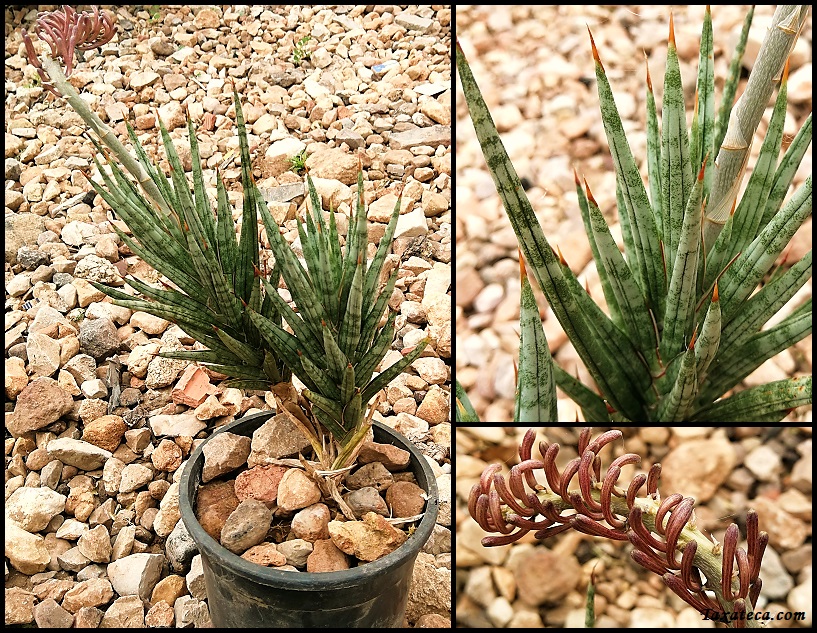
Sansevieria francisii
Category: Succulent. Temperature: Frost tender. Water: Drought resistant. Details: Nice leafs rosettes.
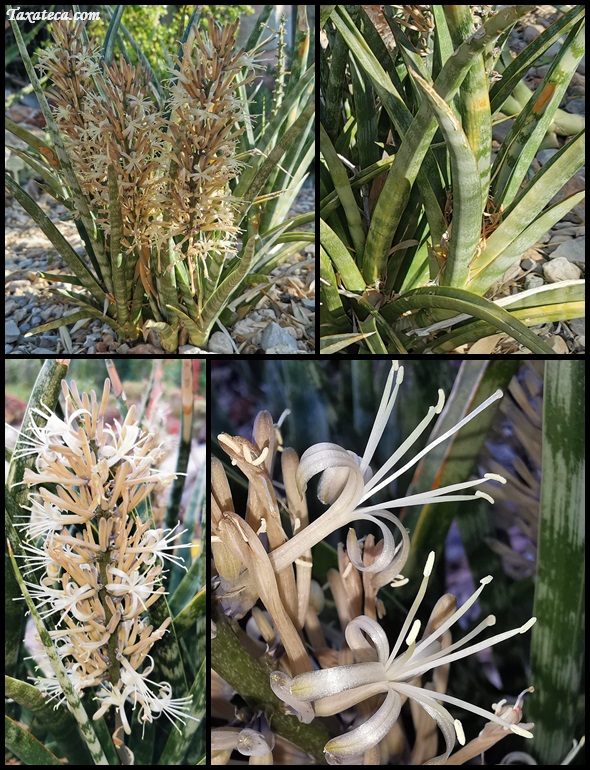
Sansevieria gracilis
Details: It is a plant endemic to a tiny region in southern Kenya, forming clusters of succulent linear leaves. At the beginning of the rainy season, it produces numerous short-lived flowers that open at night and emit a very pleasant fragrance. It is highly drought-resistant and can withstand temperatures as low as -4°C for a few hours.
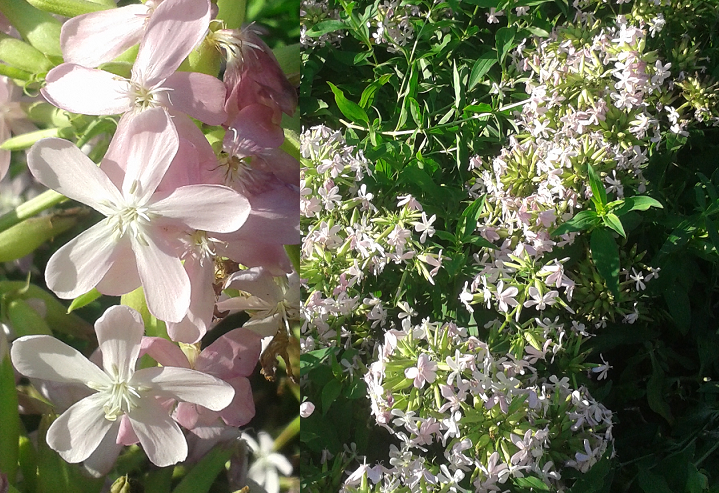
Saponaria officinalis
Category: Herb. Temperature: Frost resistant (until -25ºc). Water: Regularly. Details: Nice flowers in spring and summer. Interchange availability: Yes, seeds and cuttings.
Sarracenia alabamensis
Category: Carnivorous plant. Temperature: Frost resistant. Water: Not allow to dry, demineralized water. Details: Carnivorous plant. Interchange availability: Yes, cuttings.

Sarracenia alata
Details: It is a carnivorous plant native to the southeastern United States, adapted to thrive in nutrient-deficient, waterlogged soils. It employs pitcher-shaped leaves to trap and digest the prey, absorbing their nutrients. It produces nice flowers during the spring season and resists temperatures as low as -12 degrees Celsius.
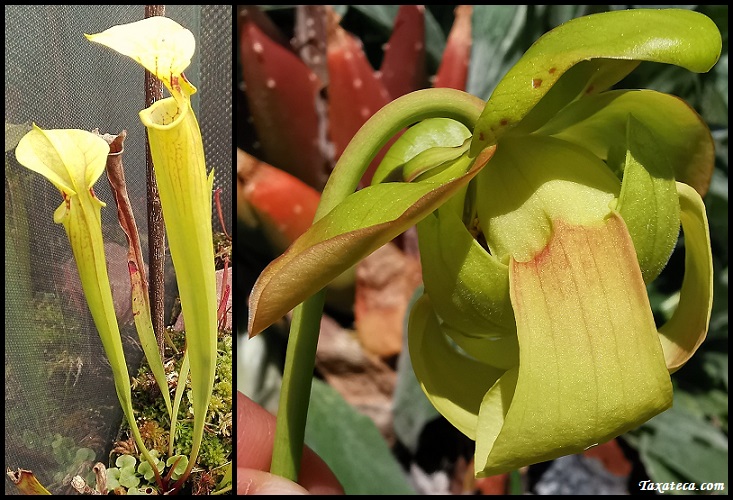
Sarracenia flava
Details: It is a carnivorous plant native to the southeastern United States, adapted to thrive in nutrient-deficient, waterlogged soils. It employs pitcher-shaped leaves to trap and digest the prey, absorbing their nutrients. It produces nice flowers during the spring season and resists temperatures as low as -12 degrees Celsius.
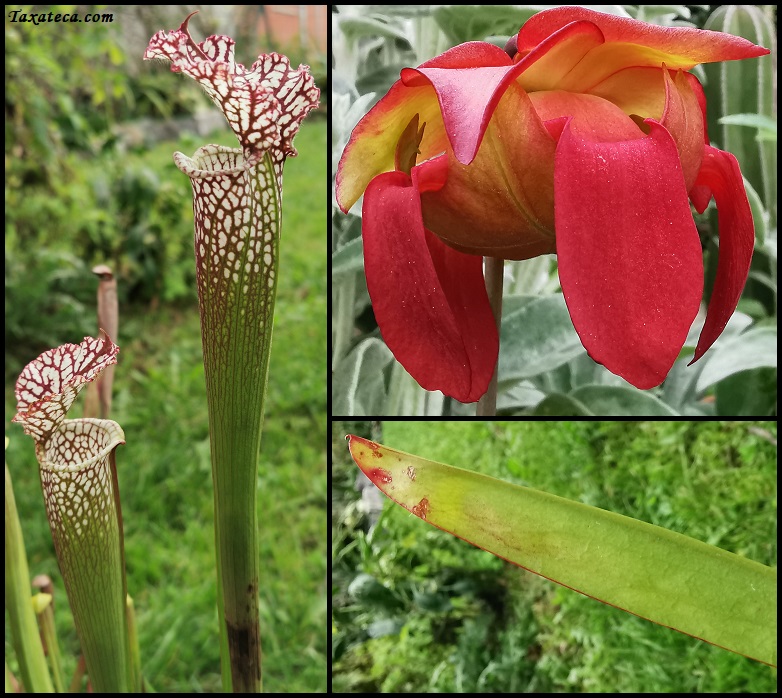
Sarracenia leucophylla
Details: It is a carnivorous plant native to the southeastern United States, adapted to thrive in nutrient-deficient, waterlogged soils. It employs pitcher-shaped leaves that simulate a flower to trap and digest the prey, absorbing their nutrients. It produces nice flowers during the spring season and resists temperatures as low as -12 degrees Celsius.
Sarracenia minor
Category: Carnivorous plant. Temperature: Frost resistant. Water: Not allow to dry, demineralized water. Details: Carnivorous plant. Interchange availability: Yes, cuttings.
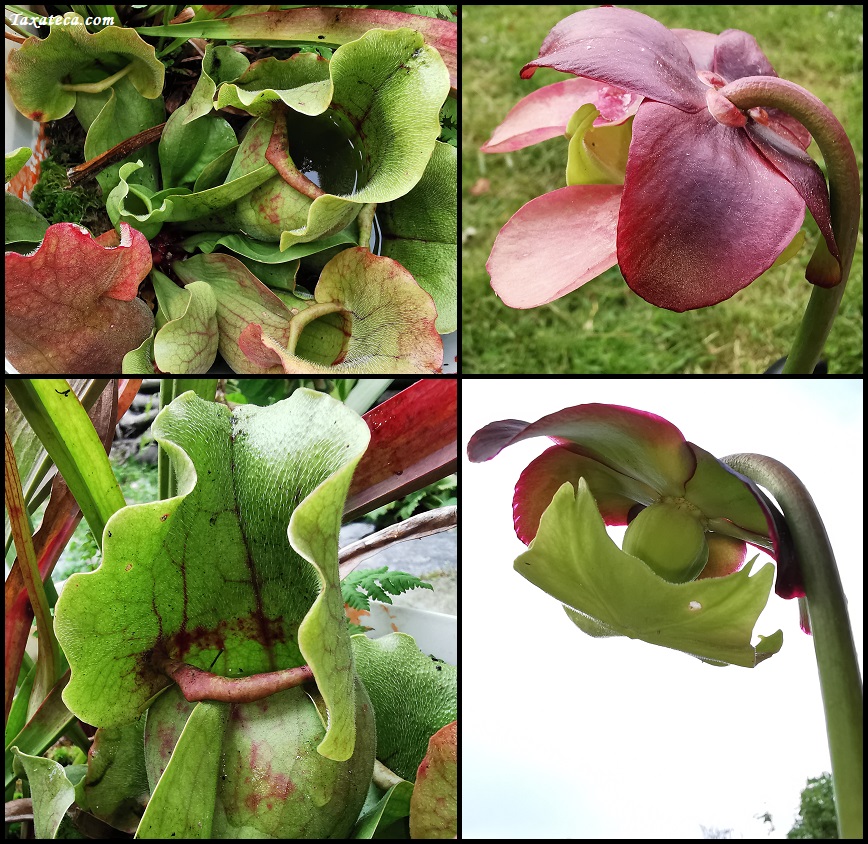
Sarracenia rosea
Details: It is a carnivorous plant native to the southeastern United States, adapted to thrive in nutrient-deficient, waterlogged soils. It employs pitcher-shaped leaves to trap and digest prey, absorbing their nutrients. It produces nice flowers during the spring season and resists temperatures as low as -12 degrees Celsius.
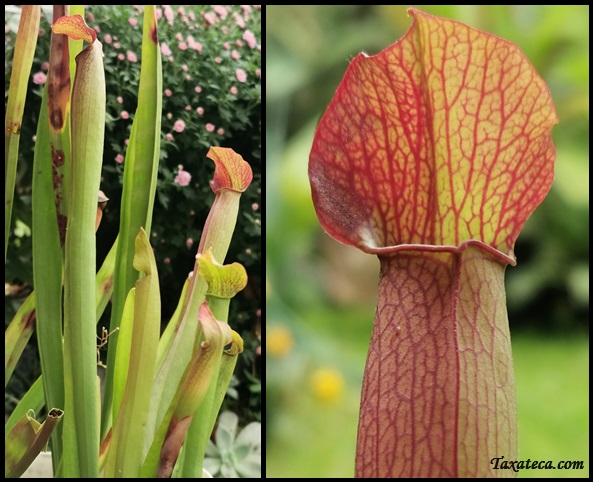
Sarracenia rubra
Details: It is a carnivorous plant native to the southeastern United States, adapted to thrive in nutrient-deficient, waterlogged soils. It employs pitcher-shaped leaves to trap and digest the prey, absorbing their nutrients. It produces nice flowers during the spring season and resists temperatures as low as -12 degrees Celsius.
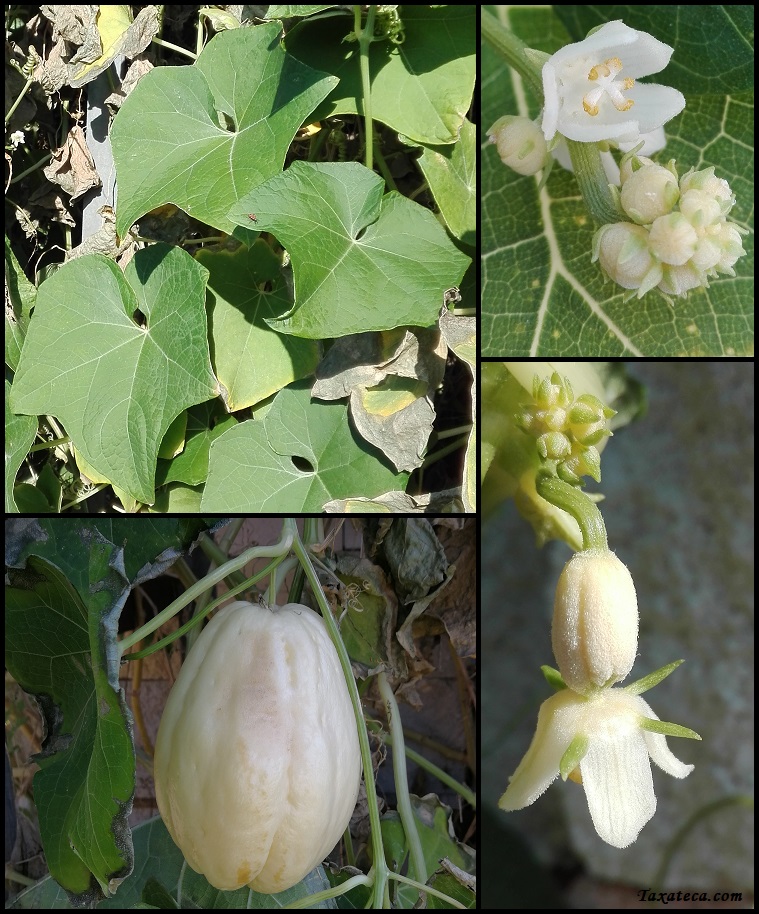
Sechium edule
Details: Climbing plant up to 15 m with young shoots, tubercules and fruits edible. Each fruit has a single viviparous seed.

Sedum allantoides
Details: A succulent plant native to Puebla, in Mexico, with curious whitish cylindrical leaves and small flowers that appear in spring. It resists very well drought and light frosts of up to a maximum of -5º.
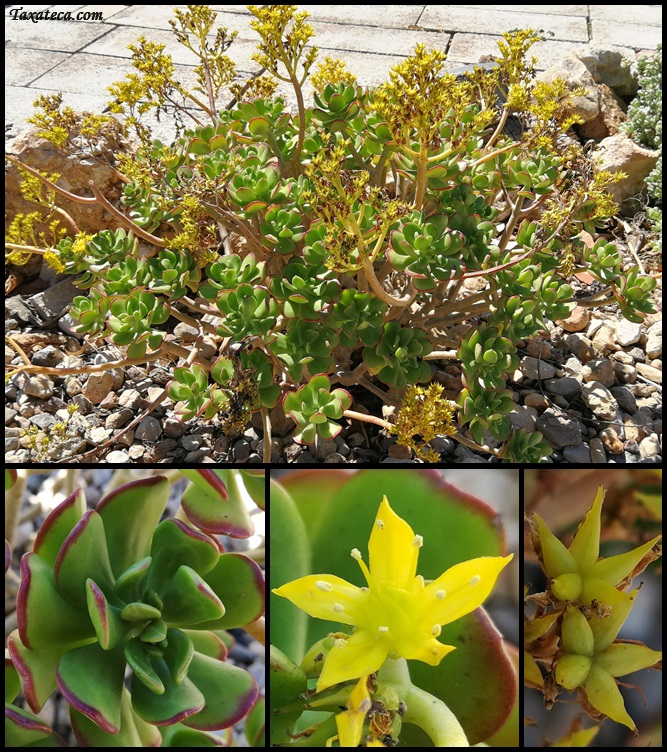
Sedum dendroideum
Details: It is a shrubby species up to 1 m high, which produces abundant yellow flowers in spring. It is native to southern Mexico, it resists well the drought and temperatures down to about -7ºC.
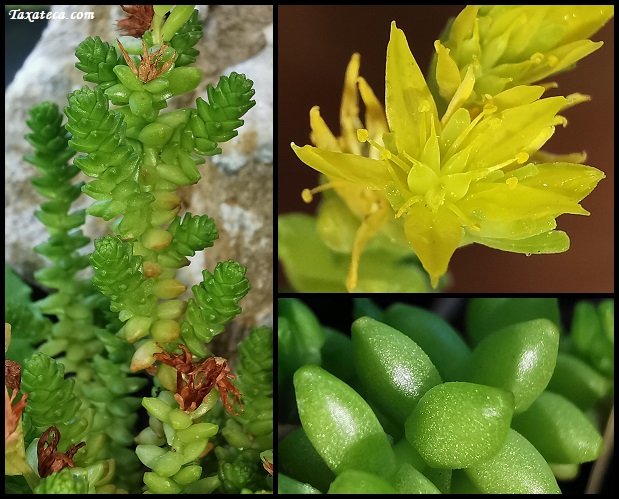
Sedum nanifolium
Details: A small succulent plant endemic to northeastern Mexico and Texas that lives at about 1000 meters above sea level in environments with relatively dry winters with temperatures down to -12º and rainy summers. It grows on limestone substrates and flowers at the end of winter.

Sedum palmeri
Details: a succulent plant endemic to northern Mexico that lives at about 1000 meters above sea level in environments with relatively dry winters with temperatures down to -12º and rainy summers. It grows on limestone substrates and flowers at the end of winter.
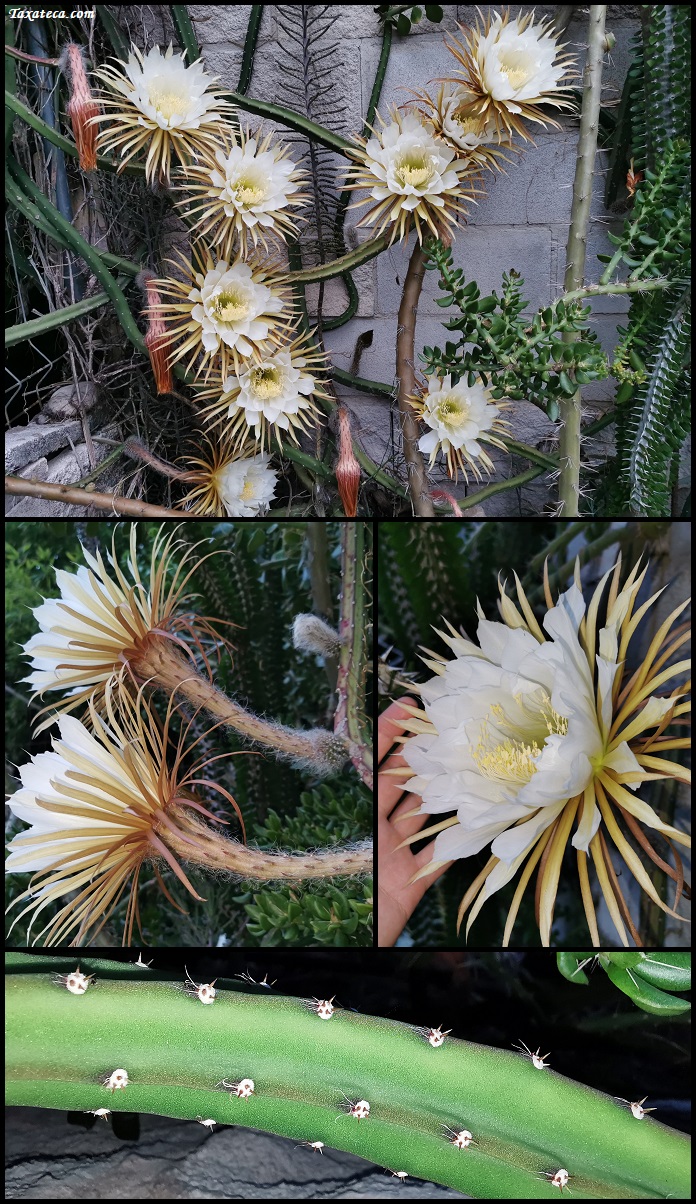
Selenicereus brevispinus
Category: Climbing succulent. Temperature: Light frost resistant (until -4ºc). Water: Drought resistant. Details: Nice big flowers. Interchange availability: Yes, cuttings.

Selenicereus spinulosus
Details: It is a Mexican climbing cactus that can measure up to 7 m in length. In spring and summer it forms striking, large white flowers, which open only one night and are pollinated by bats. It resists temperatures of up to -10ºC or -15ºC for a few hours.
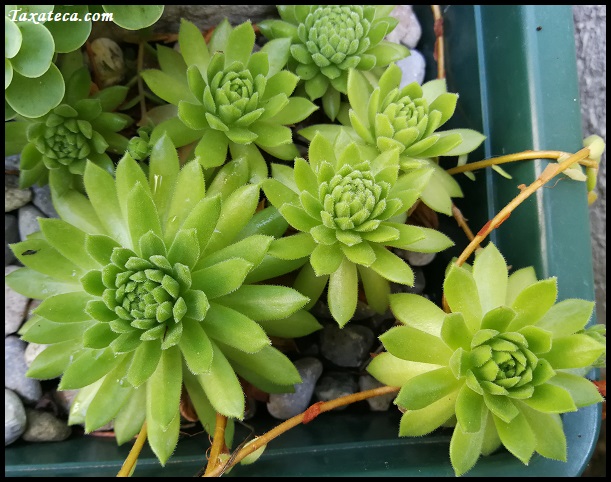
Sempervivum montanum
Details: An alpine succulent species native from Europe, able to survive even at -20ºC. I grows mainly in spring and summer and hibernate in winter. It needs cold in winter to produce flowers during the spring.
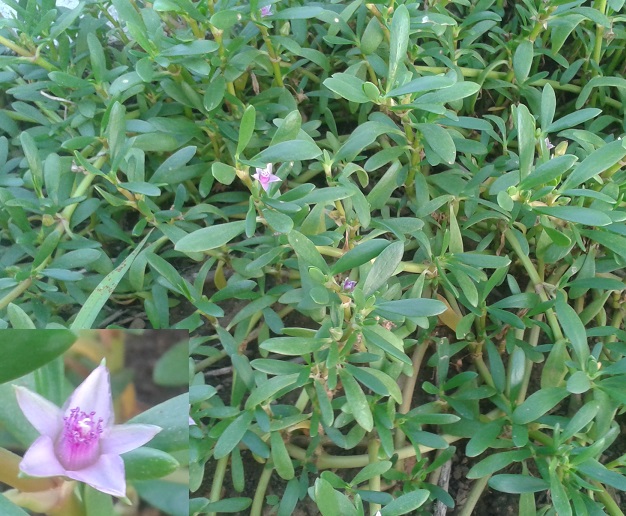
Sesuvium portulacastrum
Category: Creeping. Temperature: Light frost resistant (until -5ºc). Water: Drought resistant. Details: Fast growing plant. Interchange availability: Yes, cuttings.
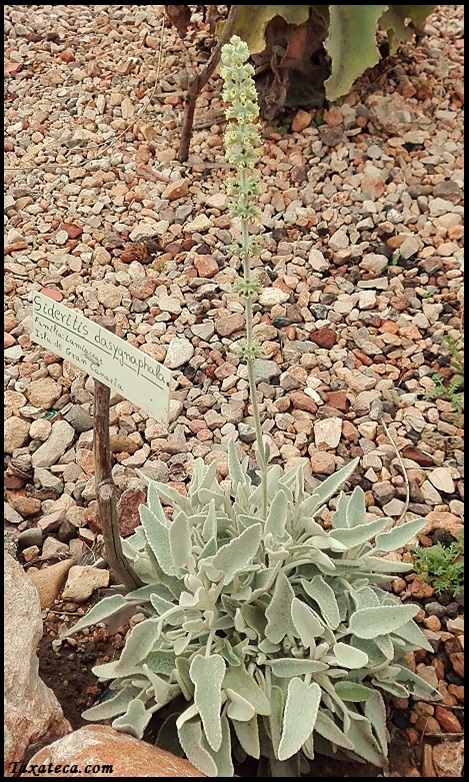
Sideritis dasygnaphala
Category: Shrub. Temperature: Frost resistant (until -10ºc). Water: Drought resistant. Details: Grows only on late winter and spring. Interchange availability: Yes, seeds.

Sinningia cardinalis
Details: An endemic plant from Rio de Janeiro that grows in crevices in cliffs, with a tuber that allows it to survive dry periods. It is drought-resistant and, during the warmest season, produces tubular orange flowers pollinated by hummingbirds. It cannot withstand temperatures below 0°C.

Sinningia reitzii
Details: An endemic plant south-eastern Brazil that grows in crevices in cliffs, with a tuber that allows it to survive dry periods. It is drought-resistant and, during the warmest season, produces tubular orange flowers pollinated by hummingbirds. It cannot withstand temperatures below -3°C.
Sisyrinchum rosulatum
Category: Herb. Temperature: Frost resistant (until -10ºc). Water: Regularly. Details: Nice small flowers. Interchange availability: Yes, rhizomes and seeds.
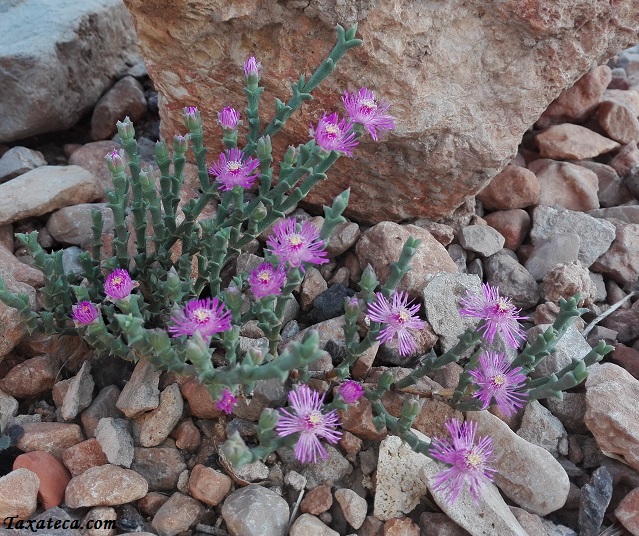
Smicrostigma viride
Category: Succulent. Temperature: Light frost resistant (until -5ºc). Water: Drought resistant. Details: Nice stems. Interchange availability: Yes, cuttings.
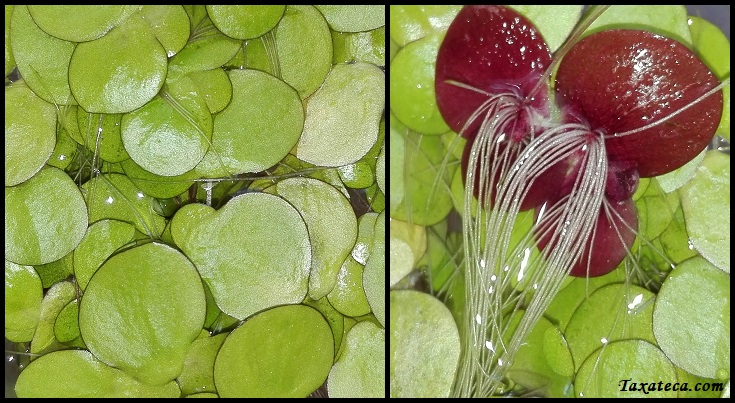
Spirodela polyrhiza
Category: Aquatic. Temperature: Frost resistant (hibernation). Water: Aquatic. Details: Floating plant that covers huge surfaces of water. Interchange availability: Yes, cuttings.

Stachys bizantina
Details: It is a striking species from the Near East due to its dense hairiness, which covers the entire surface, giving the plant a beautiful silver color. It is a perennial species that is reduced to rhizomes in autumn and mid-winter, but at the end of winter it begins to grow and flowers in late spring. It is resistant to drought and frost.
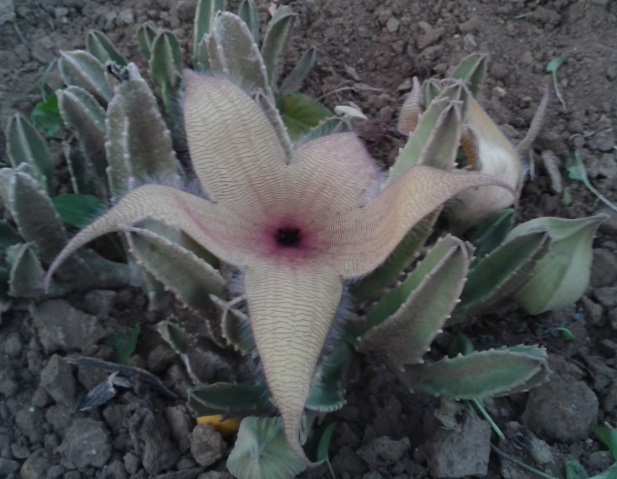
Stapelia gigantea
Category: Succulent. Temperature: Frost tender (until -2ºc). Water: Drought resistant. Details: Big and bizarre flowers. Interchange availability: Yes, cuttings.

Stachys bizantina
Details: Succulent plant endemic to the southeast of Madagascar, which forms curious pink and brown star-shaped flowers during the rainy season, which smell like rotting meat. It resists drought well, although it prefers to have water throughout the year and dies with temperatures below 0º.
Stephania herbacea (no picture)
Details: It is a small climbing plant native to southern China that belongs to the small family of Menispermaceae. It grows during the summer and survives the winter in the form of an underground rhizome.
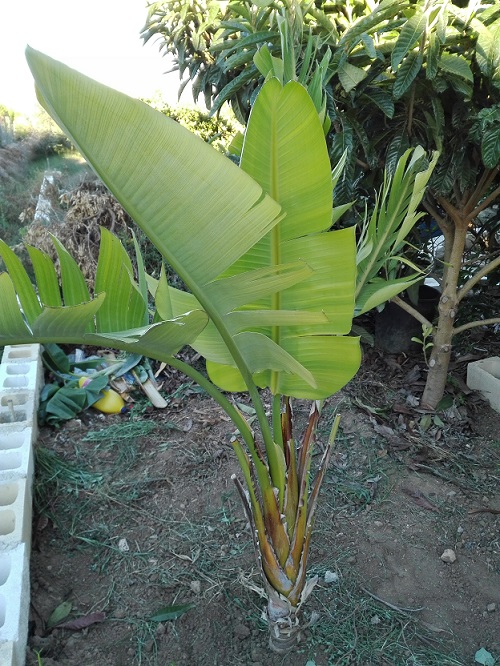
Strelitzia nicolai
Category: Big herb. Temperature: Light frost resistant (trunk until -6ºc). Water: Regularly. Details: Nice leafs and flowers. Interchange availability: Yes, cuttings.
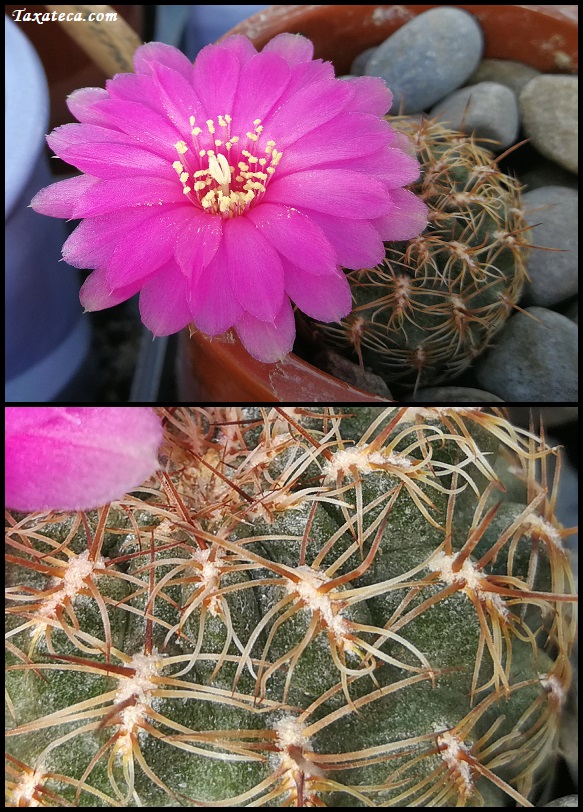
Sulcorebutia steinbachii
Details: Small cactus native from Bolivia that produces a massive flowering after the winter. It is drought resistant, but frost tender. Requieres lower temperatures and no water in winter and it is sensible to an excess of watering.

Symphyotrichum novi-belgii
Details: It is a perennial North American daisy that overwinters in the form of a rhizome. It grows during spring and summer and produces massive blooms in autumn. It is a popular species in gardening.
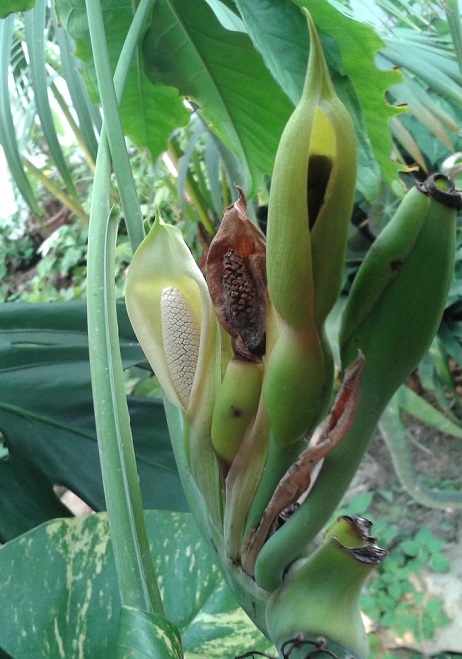
Syngonium podophyllum
Category: Climbing. Temperature: Light frost resistant (until -4ºc). Water: Regularly. Details: Nice leafs that cover the tree trunks. Interchange availability: Yes, cuttings.
A B C D E F G H I J K L M N O P Q R S T U V W X Y Z
